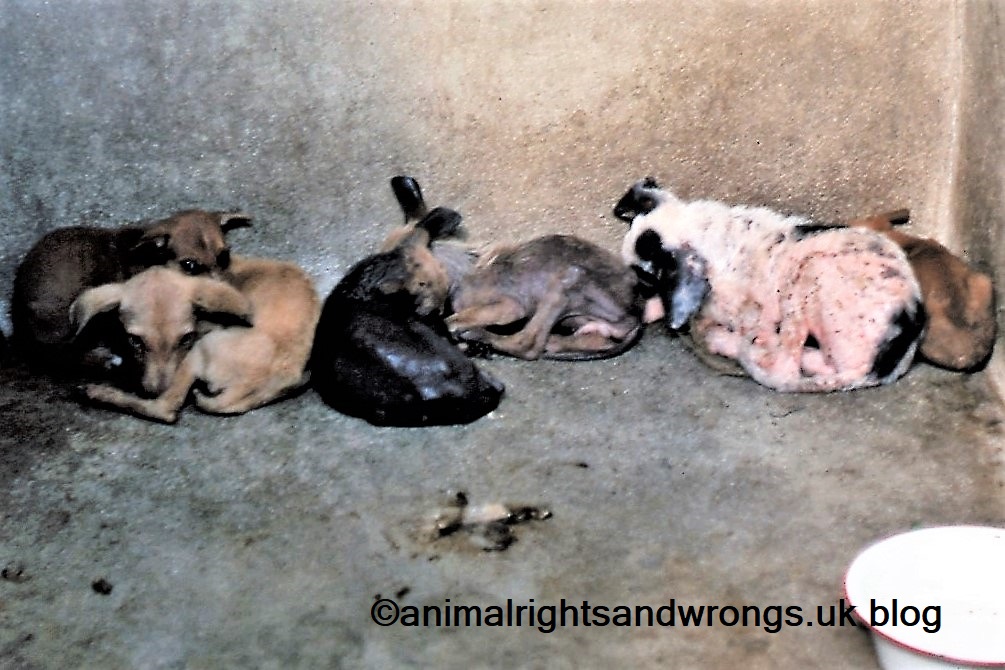-
Love them or hate them we need the RSPCA

RSPCA should aim to go back to basics. The RSPCA are in the process of closing some of their animal shelters, hospitals and clinics and allegedly making at least ten percent of their administration and front line staff redundant according to Society statements and media reports. This has obviously caused alarm and distress to their…
-
Foreign rescue dogs not to blame for U.K adoption shortfall.

One of the many arguments put forward against the adoption of dogs from foreign lands is that it delays or takes away the chance of a home grown unwanted dog finding a home quickly. But this argument is a bit of a fallacy as it is more to do with our fickle and selfish approach…